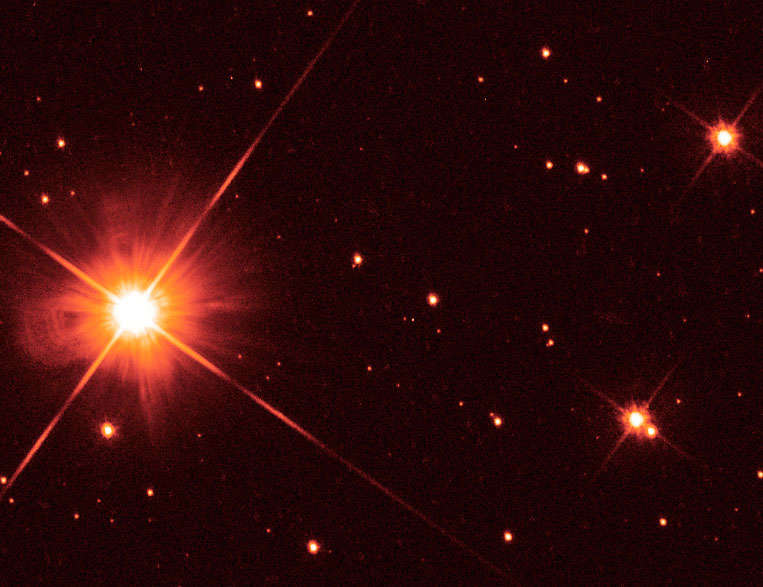Create a free profile to get unlimited access to exclusive videos, sweepstakes, and more!
Bummer, that extraterrestrial signal from Proxima Centauri wasn’t aliens
Remember that strange signal from Proxima Centauri everyone thought was an extraterrestrial technosignature?

When astronomers from the Breakthrough Listen project picked up on a suspicious signal from Proxima Centauri back in 2019, they could have almost sworn it was an extraterrestrial technosignature. This wasn’t just an assumption — the signal actually matched up to what would have been expected to come from an intelligent civilization far from Earth. Now it turns out the only aliens who created it were Earthlings (because we must be aliens to someone out there).
The Breakthrough Listen astronomers first thought they’d found signs of aliens when they scanned the Proxima Centauri system and found something that seemed like it was not of this planet. Their hypersensitive detection instruments heard a narrowband radio signal that didn’t fit into any known frequency range. To give you an idea of what observing Proxima Centauri in radio is actually like, imagine turning on 800 radio stations at once.
BLC1, or “Breakthrough Listen Candidate 1” was tagged as a possible alien signal, which was thought to come from a transmitter somewhere in Proxima Centauri. That is until the scientists analyzed it again and found it was just interference from our own planet. They recently published two studies in Nature Astronomy.
“We [found] that BLC1 is not an extraterrestrial technosignature, but rather an electronically drifting intermodulation product of local, time-varying interferers aligned with the observing cadence,” they said in one of the studies.
The narrowband signal, a type of signal whose frequency spectrum only covers a narrow bandwidth, was initially detected by the Parkes Murriyang radio telescope. SETI (Search for ExtraTerrestrial Intelligence) is an effort bent on finding technosignatures, which would be indicators of alien civilizations that have been able to develop technology of their own. Most other searches for life look for biosignatures that could indicate extraterrestrial microbes or some other form of life that doesn’t quite have the brains to create advanced tech.
Turns out that sometimes, humans can unintentionally create signals weirder than science fiction. Intermodulation distortion is the culprit mentioned in the study. This is the interaction of signals with different frequencies that, when combined, create an unexpected and usually unwanted frequency. It is similar to discordant sounds in music when two notes that do not harmonize with each other at all are played. Just like the sound of those notes together is discordant, so is the signal from the two frequencies that have no harmony at all.
“These complex intermodulation products highlight the necessity for detailed follow-up of any signal of interest using a procedure such as the one outlined in this work,” the researchers said.
Proxima Centauri has been eyed by the Breakthrough Starshot and Breakthrough Listen initiatives for several reasons, but especially because it is the nearest star system at 4.22 light years away. Meaning, if we ever manage to develop our own Millennium Falcon that can travel at the speed of light without our bodies being shredded, it would only take a little over four years to get there. We probably have a better chance of creating an unmanned spacecraft able to travel that fast. Compare that to galaxies that are millions and billions of light years away.
Another intriguing aspect of the Proxima Centauri system is that the two known exoplanets orbiting it, Proxima b and Proxima c, may have a chance at being habitable. Breakthrough Starshot even wants to launch solar-powered sails to search for life among those planets. Proxima b may or may not be promising. While it is the closest exoplanet to Earth, it also orbits 20 times closer to its host star than our planet does, so it gets bombarded with X-rays. However, some scientists think it is the right temperature for liquid oceans, and may be crawling with life as we never knew it.
Could there be intelligent life on Proxima b? If there is, it’s probably intelligent enough to live deep underground where stellar flares and X-ray showers can’t get to it.


























